The art of cold email lead generation is a powerful way to connect with potential customers, but it takes a well-crafted approach to truly stand out in a crowded inbox. In a world where people are constantly bombarded with promotional messages, how can you create cold emails that not only get opened but also generate leads and build relationships? Fortunately, we’ve got you covered.
In this blog post, we’ll explore the best practices for crafting effective cold emails, top templates for generating leads, tools and resources for cold email lead generation, success stories, and common mistakes to avoid. By the end of this post, you’ll have the knowledge and tools to maximize your cold email outreach and turn prospects into customers.
Key Takeaways
- Cold emailing is an effective lead generation method when done correctly, requiring research, personalization and a strong value proposition.
- Crafting effective cold emails requires personalization, a value proposition and an engaging call-to-action.
- Avoid common mistakes such as sending generic messages or using misleading subject lines for successful cold email lead generation.
Understanding Cold Email Lead Generation

Cold emailing is a tried-and-true method for initiating contact with potential customers and generating leads. While some may argue that cold emailing is an outdated tactic, the reality is that it remains a valuable lead generation method when done correctly. The key to success lies in crafting compelling, personalized emails that resonate with your target audience.
An effective cold email strategy involves more than just sending a generic message to a list of prospects. It requires:
- Research
- Personalization
- A strong value proposition
- A clear call-to-action (CTA)
The subsequent sections will provide a deeper understanding of these crucial elements and share tips to optimize your cold email campaigns.
What is Cold Emailing?
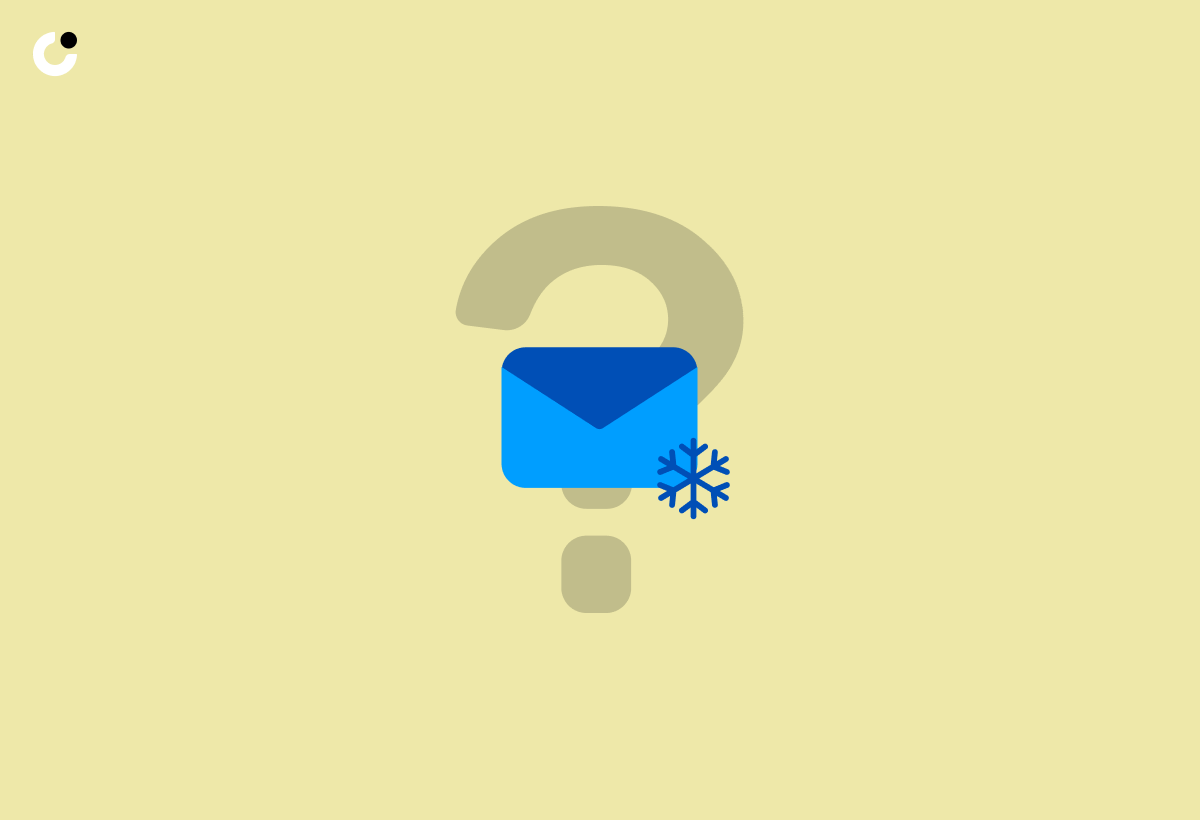
Cold emailing is the practice of sending an unsolicited email to a recipient with no prior contact, with the goal of establishing a business relationship. Unlike spam emails, which are often sent with deceitful intentions, cold emails are personalized, targeted, and provide value to the recipient. When done correctly, cold emailing can be a powerful tool for lead generation and building connections with potential customers.
Maximizing the benefits of cold emailing involves identifying the appropriate prospects and customizing your messages to their needs and pain points. This approach enhances the probability of a positive response and the establishment of a mutually beneficial relationship. The subsequent section will examine the significance of cold emails in lead generation.
Why Cold Emails Matter for Lead Generation
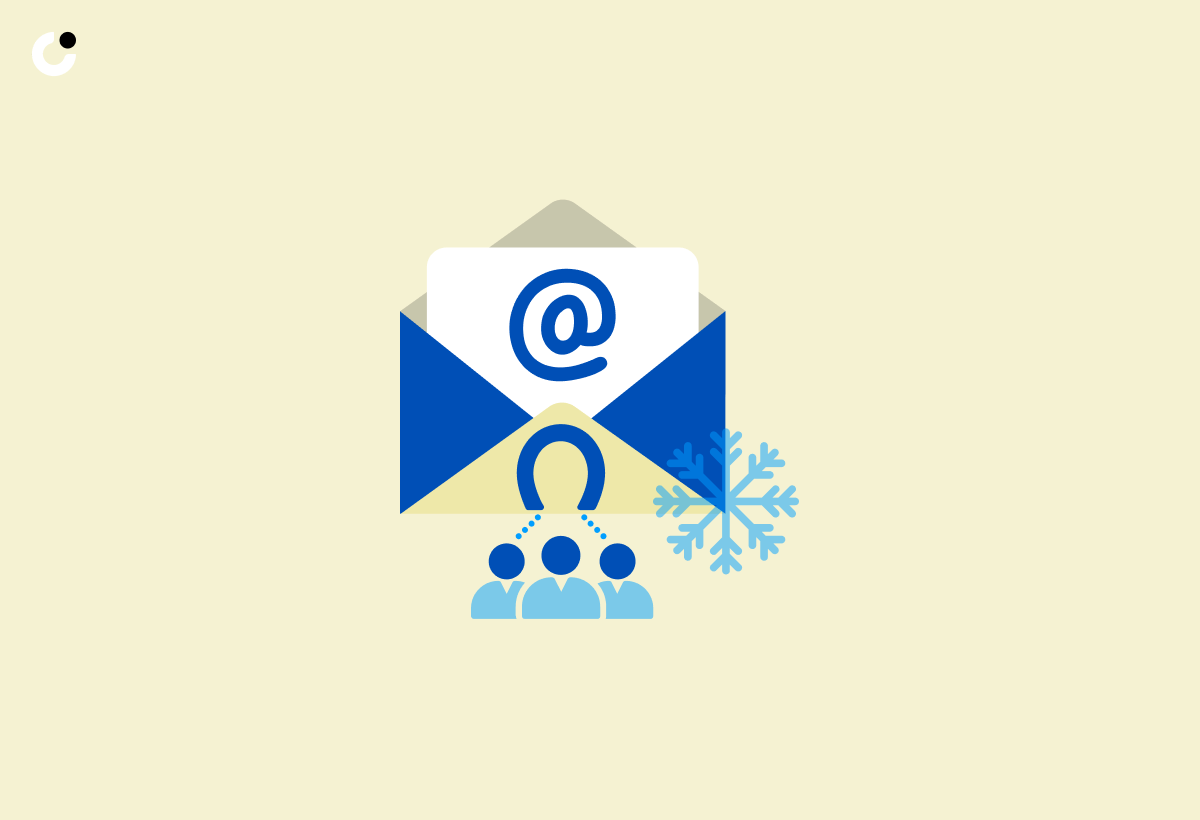
Cold emails are a fundamental lead generation tool, enabling businesses to contact prospective customers, increase brand recognition, and build relationships through cold email outreach. They can help you reach out to potential customers who may not be aware of your brand or services, thus expanding your reach and increasing your chances of converting leads into customers.
To maximize the effectiveness of your cold email lead generation efforts, it’s essential to invest time and resources in crafting personalized, compelling emails that address the recipient’s needs and pain points. Subsequent sections will review best practices for creating impactful cold emails and provide guidelines to enhance your cold email campaigns.
Crafting Effective Cold Emails
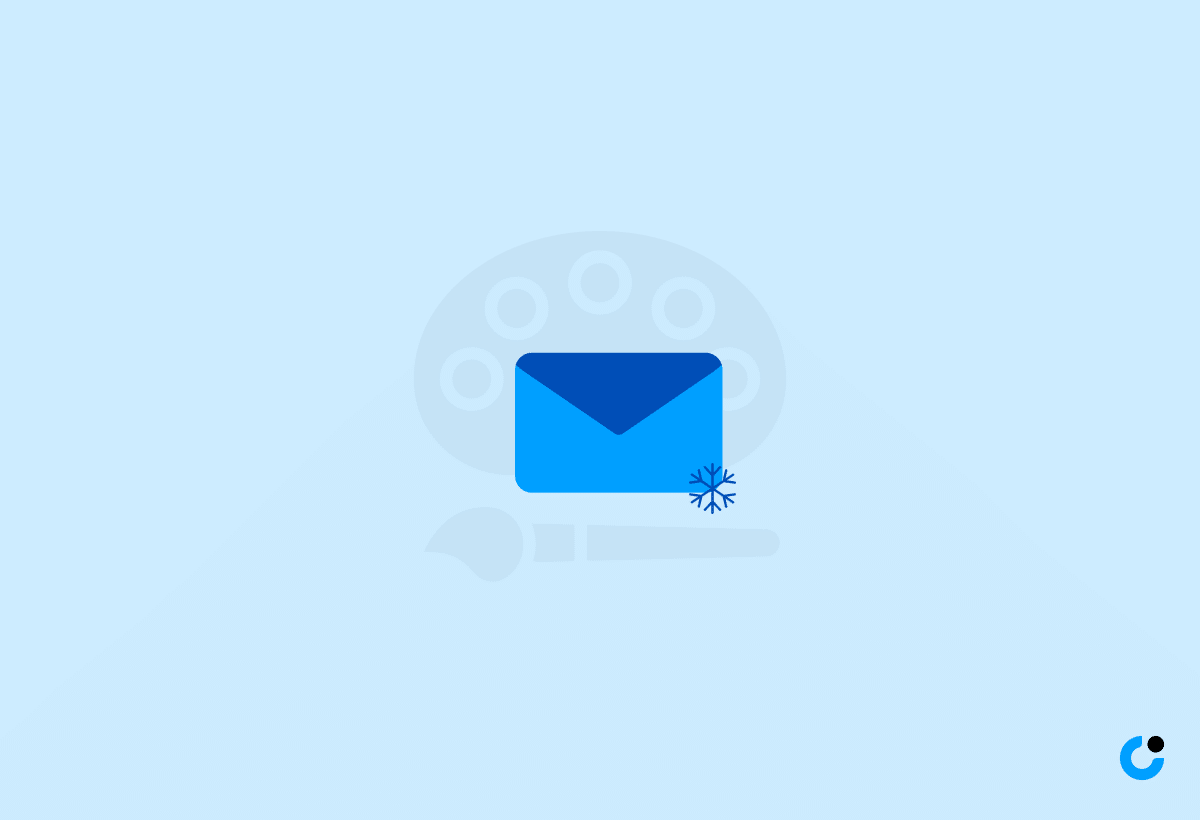
When it comes to crafting cold emails that generate leads, there are three key elements to consider: personalization, value proposition, and call-to-action (CTA). By addressing these elements, you can create cold emails that not only capture the attention of your prospects but also motivate them to take action.
The upcoming sections will examine these three elements in greater detail and discuss strategies to integrate them into your cold emails. By implementing these best practices, you’ll be well-equipped to create cold emails that stand out, engage your audience, and ultimately generate more leads.
Personalization
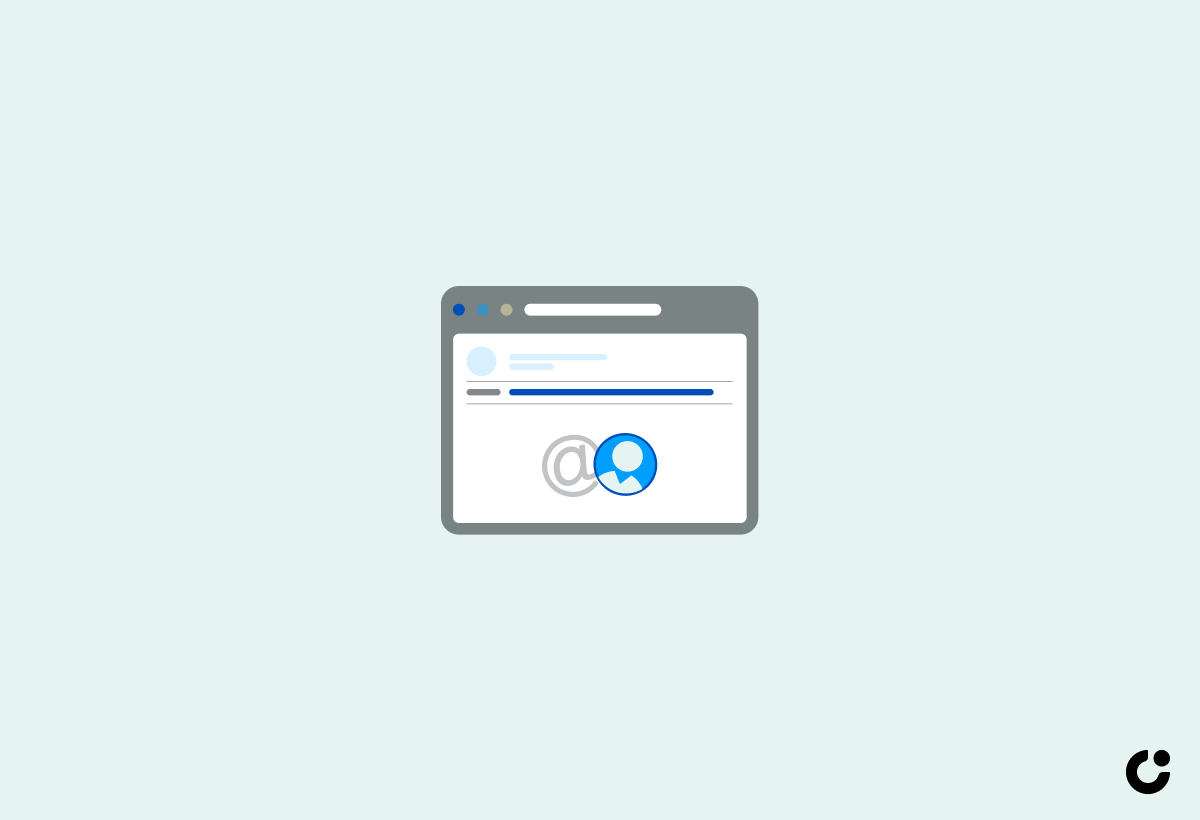
Personalization is a critical component of successful cold emails. By tailoring your message to the recipient, you demonstrate that you’ve taken the time to understand their needs and concerns, thus increasing the likelihood of a positive response. In fact, personalized cold emails have been shown to improve engagement and response rates by as much as 22%.
To personalize your cold emails, start by including the recipient’s name, company name, and any relevant information that you’ve gathered during your research. This could include mutual connections, industry news, or recent events related to their company. By incorporating these personalized details, your cold email will be more likely to stand out in a crowded inbox and elicit a response.
Value Proposition
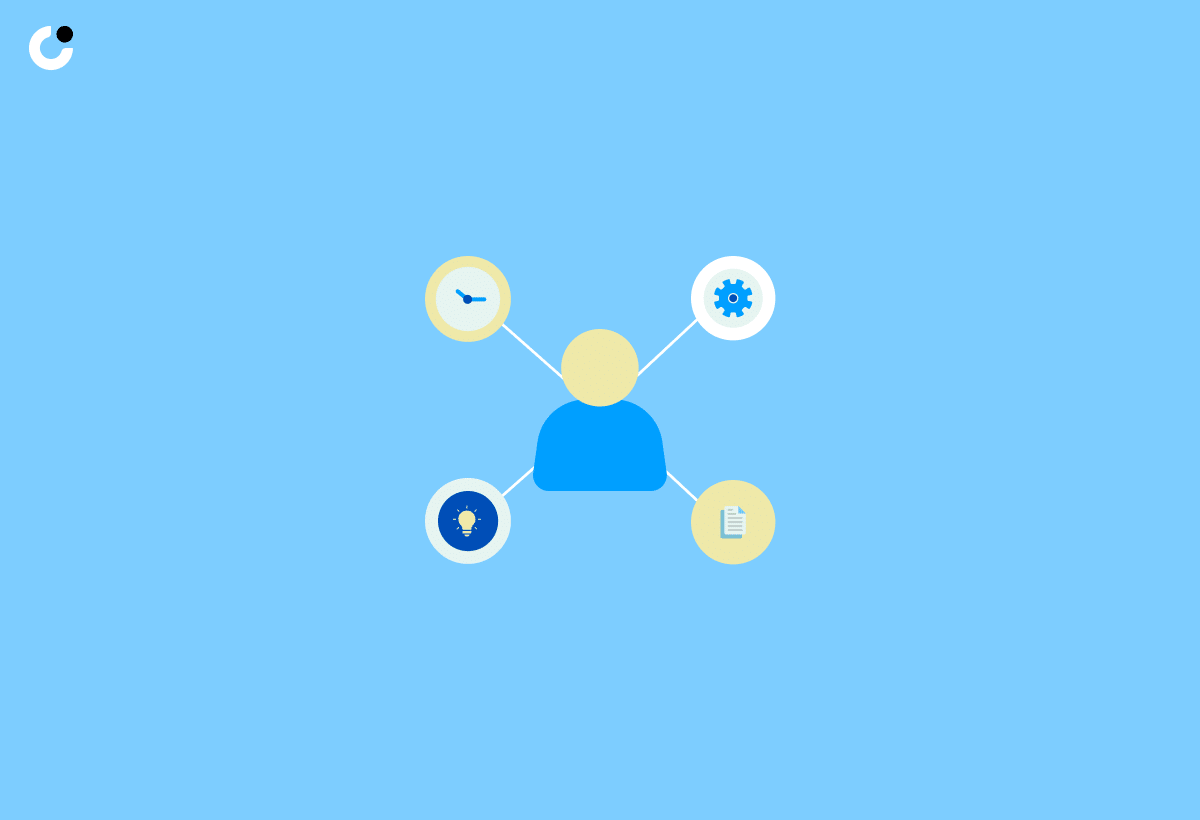
A strong value proposition is essential for effective cold emails. Your value proposition should emphasize the benefits of your product or service and how it addresses the prospect’s pain points or needs. By presenting a clear and compelling value proposition, you give your prospect a reason to engage with you and consider your offering.
When crafting your value proposition, focus on the unique features and benefits of your product or service that set it apart from the competition. Be specific and concise, and avoid using overused buzzwords or jargon. By presenting a clear and compelling value proposition, you’ll increase the likelihood of your prospect taking the desired action, such as scheduling a call or signing up for a demo.
Call-to-Action (CTA)
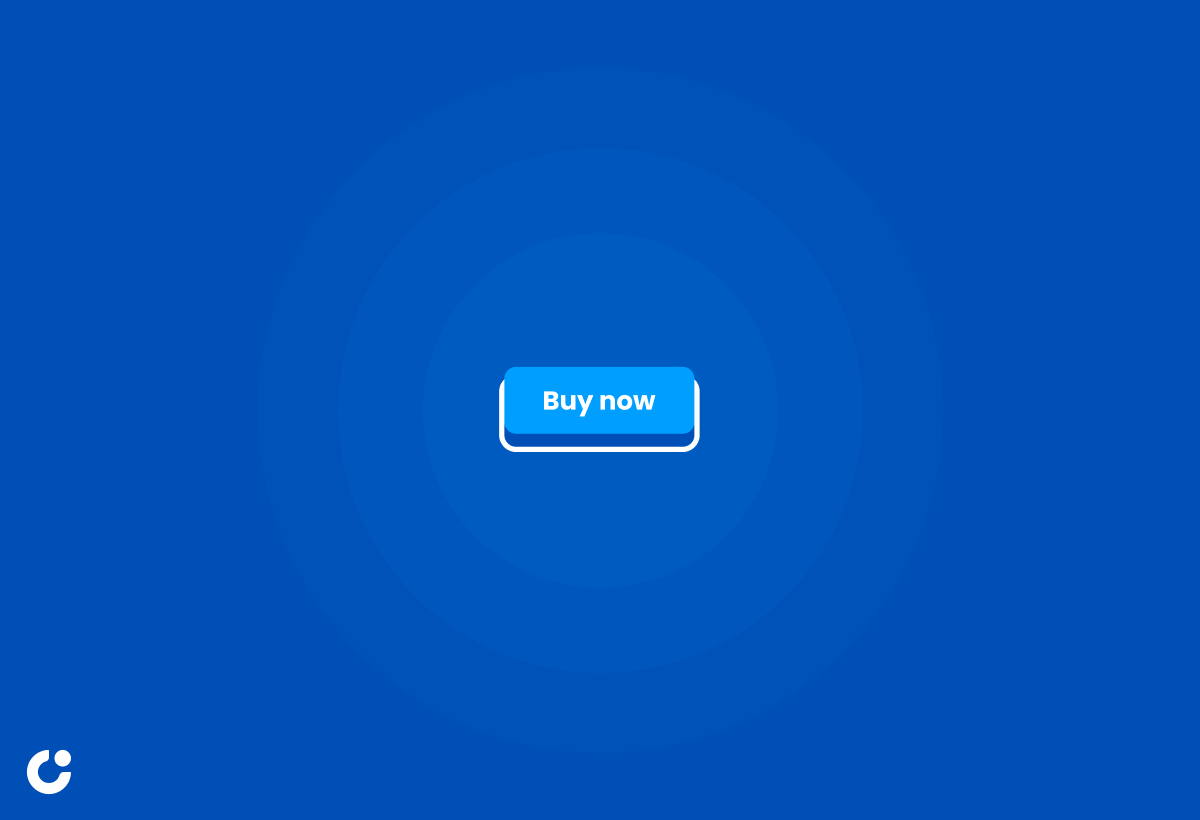
An effective call-to-action (CTA) is crucial for driving conversions in your cold email campaigns. Your CTA should be clear and persuasive, encouraging the recipient to take the desired action, such as scheduling a call, signing up for a demo, or requesting more information.
To create a compelling CTA, follow these tips:
- Be specific about the action you want your prospect to take.
- Explain the benefits they’ll receive by taking that action.
- Make sure your CTA is concise and easy to understand.
- Avoid using generic language or phrases that don’t clearly convey the desired action.
By crafting a clear and compelling CTA, you’ll improve the chances of your prospect engaging with your cold email and taking the next step in your sales process.
Best Practices for Cold Email Campaigns
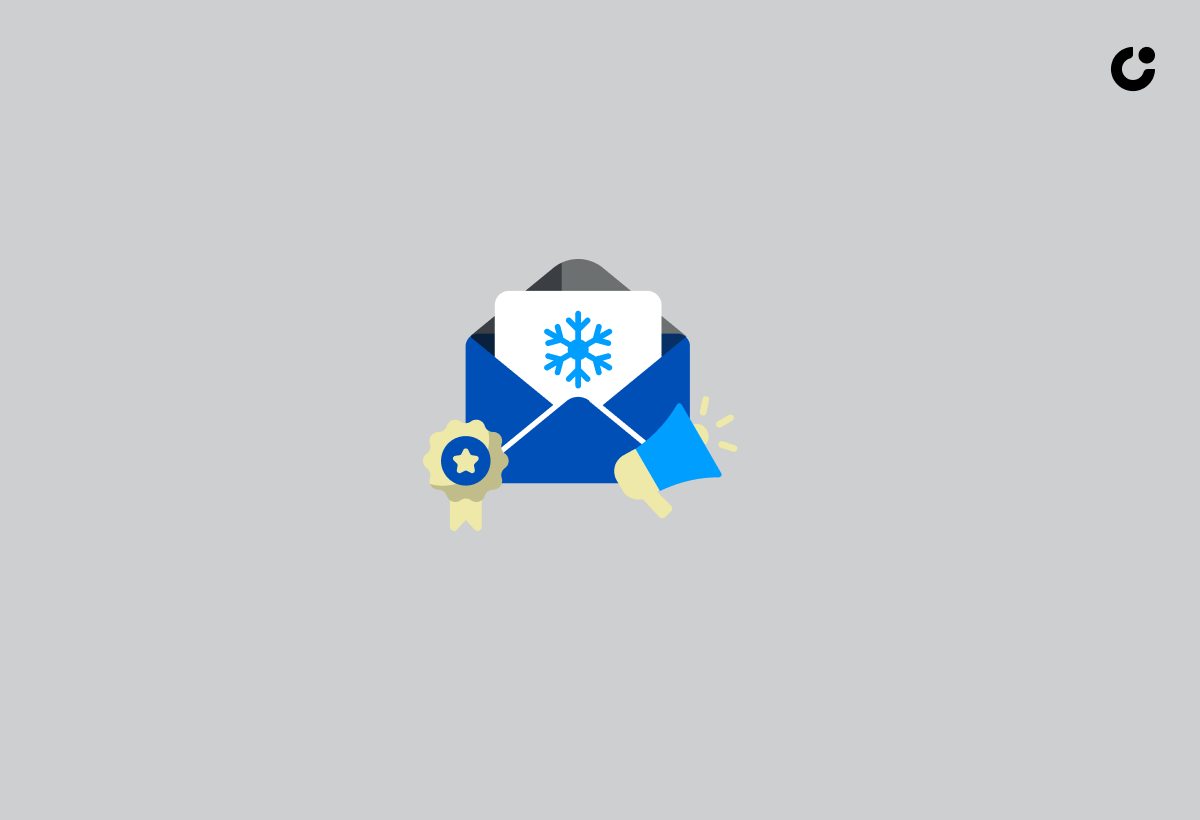
In addition to crafting effective cold emails, it’s essential to implement best practices for your cold email campaigns as a whole. This includes optimizing subject lines, body copy, and follow-up strategies to maximize your chances of success. By adhering to these best practices, you can ensure that your cold email campaigns are effective, targeted, and ultimately drive leads and conversions.
Subsequent sections will review specific best practices for each of these elements and share examples of successful cold email campaigns that have adopted these strategies. By incorporating these best practices into your own cold email campaigns, you’ll be well-positioned to generate leads and grow your business.
Subject Lines
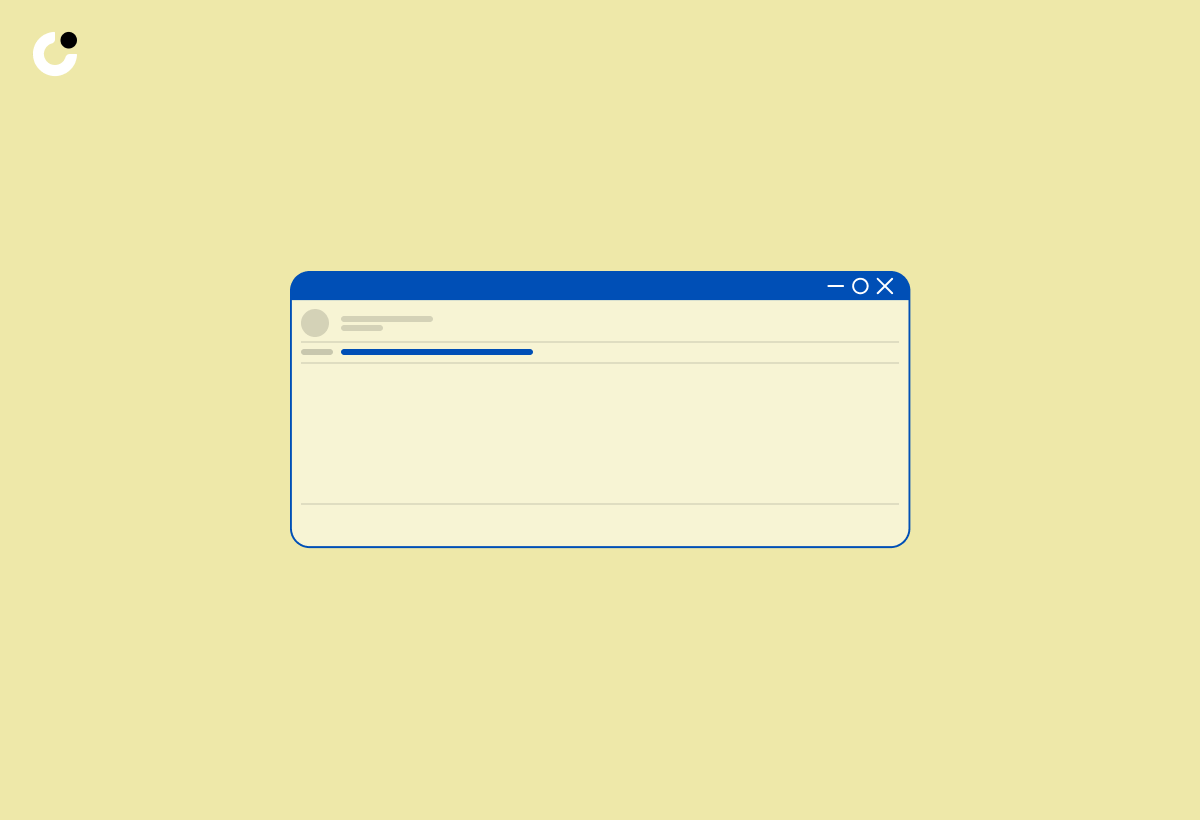
Your subject line is often the first thing your prospect sees, so it’s crucial to make a strong impression. A compelling and intriguing subject line can significantly increase your open rates, making it more likely that your prospect will read your email and respond to your call-to-action.
To create an effective subject line, follow these tips:
- Keep it short (between 50-60 characters)
- Personalize it
- Avoid using spammy or misleading language
- Test different subject lines to see which ones resonate best with your target audience
- Continually refine your approach based on the results
By crafting attention-grabbing subject lines, you’ll increase the chances of your cold emails being opened and ultimately generating leads.
Body Copy
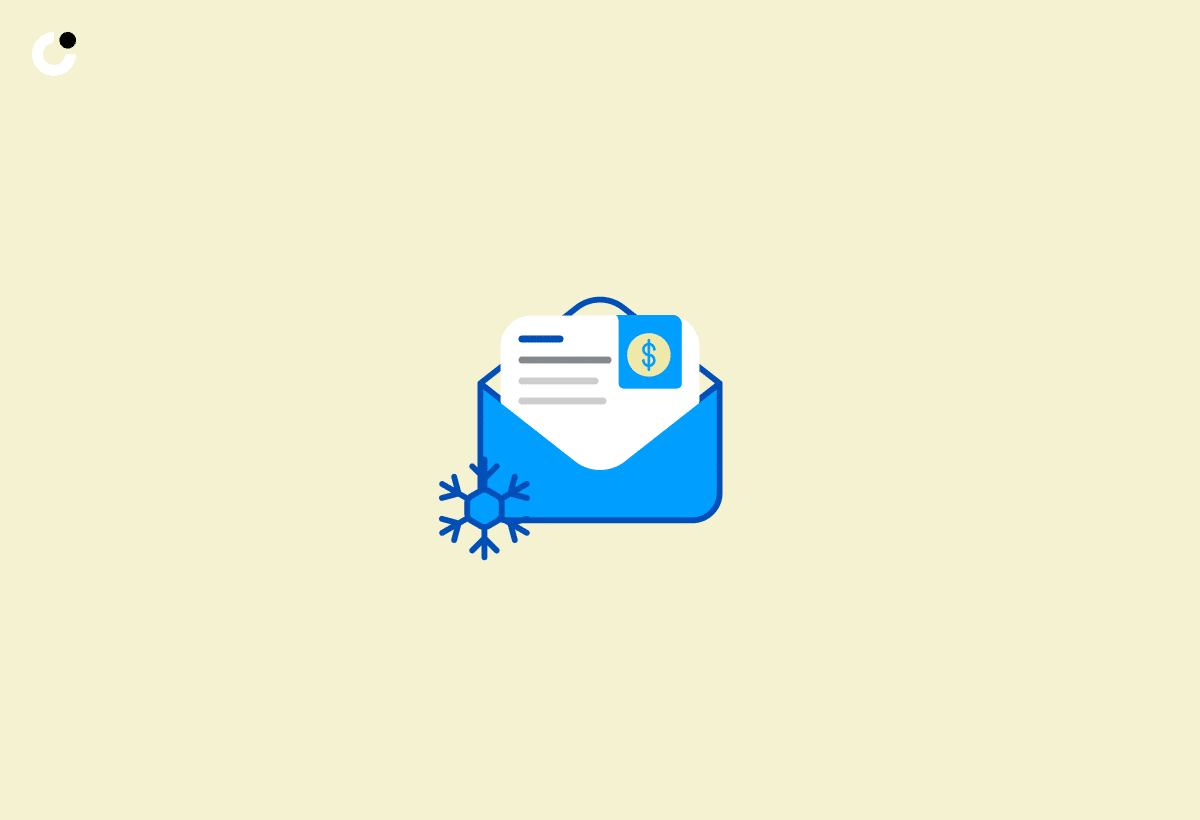
The body copy of your cold email is where you have the opportunity to engage your prospect and convey your value proposition. To create effective body copy, focus on personalization, persuasive language, and a clear call-to-action (CTA). Keep your message concise and tailored to the recipient’s needs and preferences.
In addition to personalization and persuasive language, consider incorporating storytelling techniques to make your email more captivating, relatable, and memorable. By crafting concise and engaging body copy, you’ll increase the likelihood of your prospect engaging with your email and taking the desired action.
Follow-Up Strategy
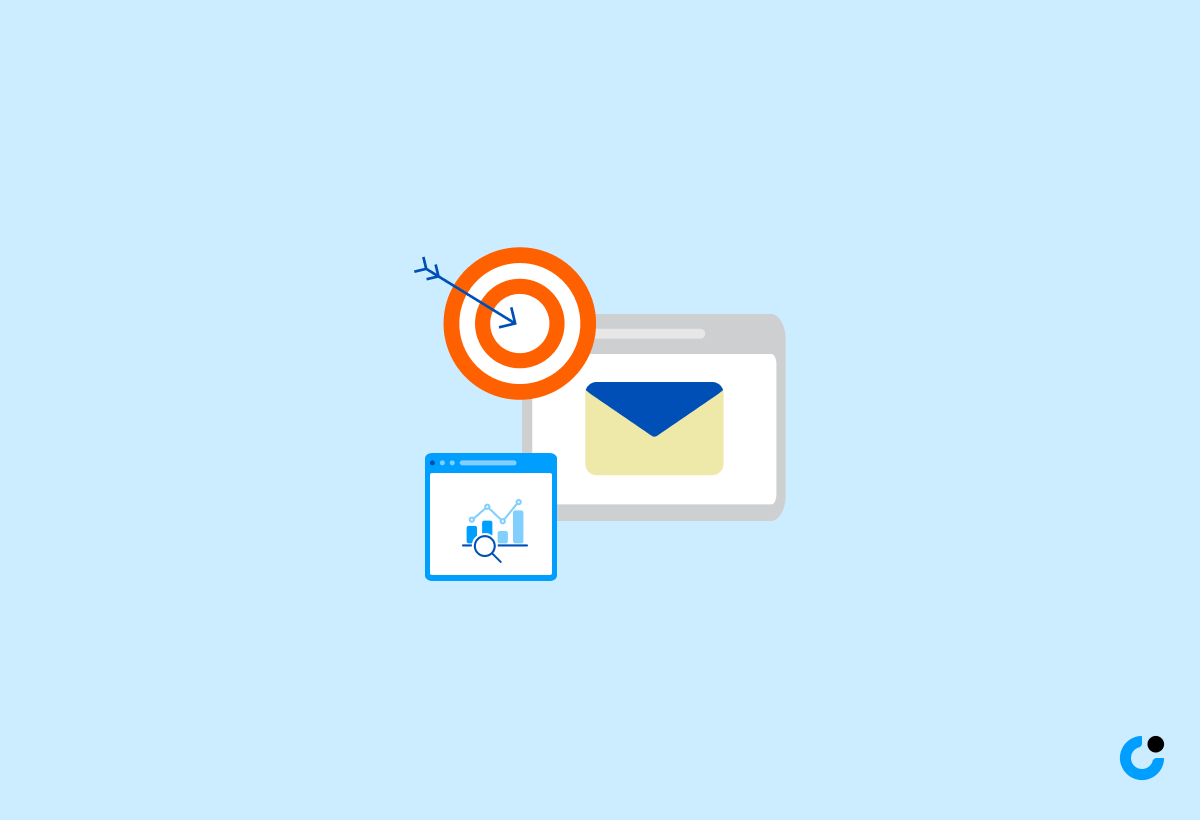
Follow-ups are an essential component of successful cold email campaigns, as they help you stay top of mind with your prospects, build trust, and address any questions or concerns they may have. Neglecting follow-ups can significantly decrease your chances of generating leads and conversions.
To maximize the effectiveness of your follow-up strategy, follow these tips:
- Be persistent but not aggressive.
- Personalize each follow-up email based on the recipient’s needs and preferences.
- Test different follow-up approaches to see which ones resonate best with your target audience.
- Continually refine your strategy based on the results. By implementing a strategic follow-up plan, you’ll increase the likelihood of receiving a response and converting leads.
Tools and Resources for Cold Email Lead Generation

To streamline and optimize your cold email lead generation efforts, it’s essential to leverage various tools and resources designed to assist in the process. These tools can help you:
- Identify and gather information on potential leads
- Create targeted email lists
- Automate your email sequences
- Track the performance of your campaigns
Subsequent sections will discuss specific tools and resources that can enhance your cold email lead generation efforts. By incorporating these tools into your strategy, you’ll be well-equipped to create more effective cold email campaigns and drive leads and conversions for your business.
Email Prospecting Tools
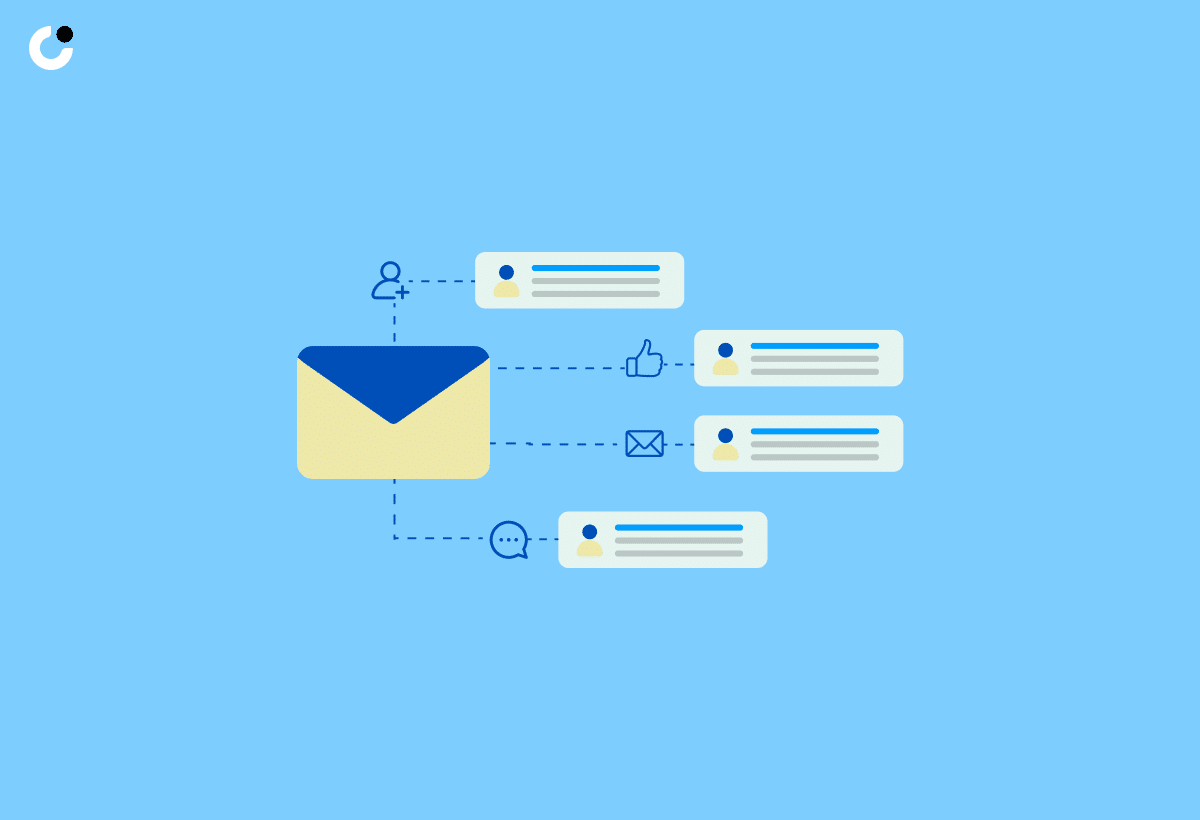
Email prospecting tools are designed to help you:
- Identify and gather information on potential leads and their prospect’s company
- Create targeted email lists
- Search for leads based on criteria such as name, company, and role
- Provide confirmed email addresses
These tools make it easier to find and reach out to potential leads for your business, especially when promoting a blog post.
Some commonly utilized email prospecting tools include:
- CIENCE GO Data
- GetResponse
- ZoomInfo
- LinkedIn Sales Navigator
- Vainu
- GetProspect Email finder
- Bombora
- Leadboxer
- Crunchbase
- Tami
- Demandbase
- Owler
By leveraging these tools, you can streamline your lead generation process and ensure that your cold email campaigns are targeted and effective.
Cold Email Automation Platforms
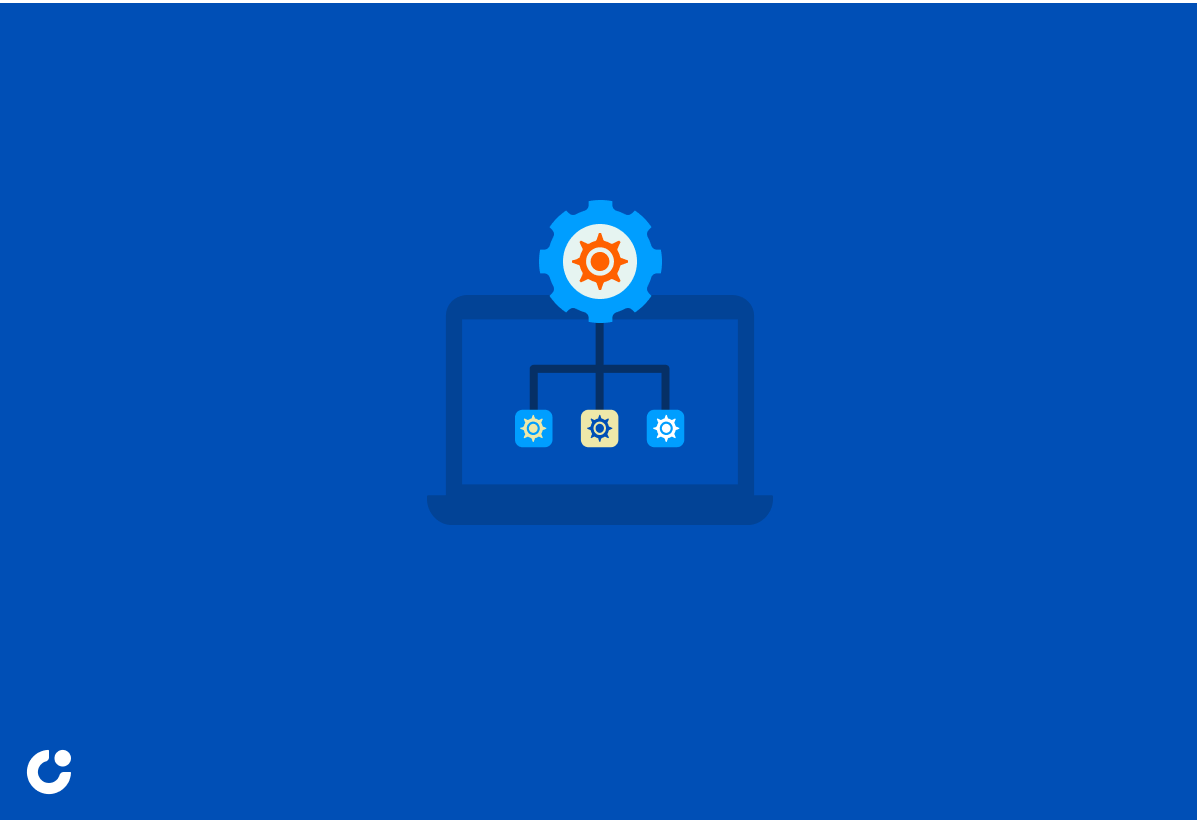
Cold email automation platforms offer several benefits:
- Send personalized emails at scale
- Track performance
- Manage follow-ups more efficiently
- Enable personalization through merge tags, dynamic fields, personalization tokens, and data integration
- Increase engagement and conversion rates
Highly rated cold email automation platforms include:
- Apollo
- SalesBlink
- Folderly
- Woodpecker
- Reply.io
- Mailshake
- Lemlist
- Overloop
- Mixmax
- Saleshandy
- SendinBlue
- GetResponse
- GMass
By utilizing these platforms, you can automate your cold email campaigns and focus on other aspects of your business.
Analytics and Tracking Solutions
Analytics and tracking solutions provide valuable insights into your cold email campaign performance, helping you refine your strategy and optimize your campaigns. By tracking key metrics such as:
- Open rate
- Response rate
- Bounce rate
- Conversion rate
You can identify areas for improvement and make data-driven decisions to enhance your cold email efforts.
Popular analytics and tracking solutions for cold email campaigns include:
- Woodpecker
- Reply
- Mailshake
- Lemlist
- SalesBlink
- SalesHandy
- EmailAnalytics
By incorporating these solutions into your strategy, you can gain a deeper understanding of your campaign performance and make informed decisions to drive growth.
Top Cold Email Templates for Generating Leads
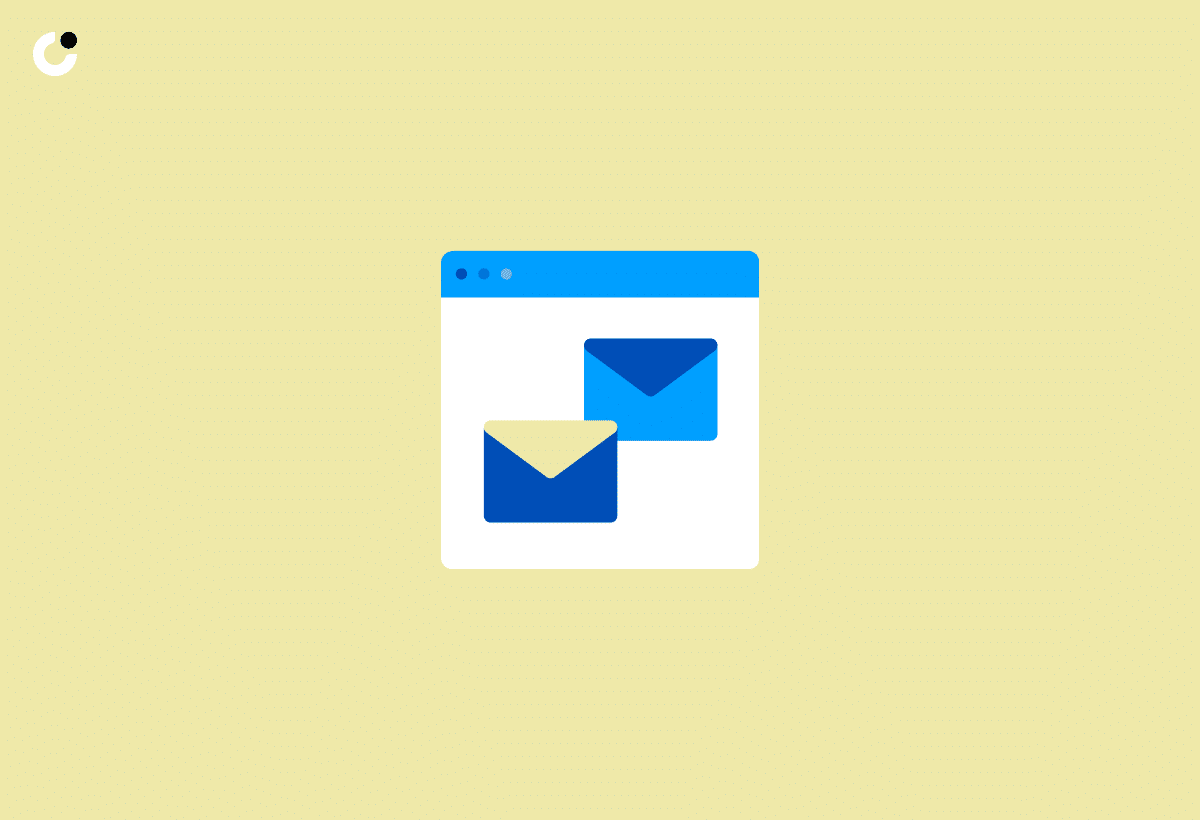
Now that we’ve discussed the best practices for crafting effective cold emails and optimizing your campaigns, let’s explore some top effective cold email templates designed to address specific prospect needs and situations. These templates can serve as a starting point for your own cold emails, and can be customized to fit the needs of your business and target audience.
Subsequent sections will detail each template, providing examples of their use in generating leads and fostering relationships with potential customers. By utilizing these templates as a foundation for your cold emails, you’ll be well on your way to creating compelling messages that resonate with your prospects and drive results.
The Referral-Based Template
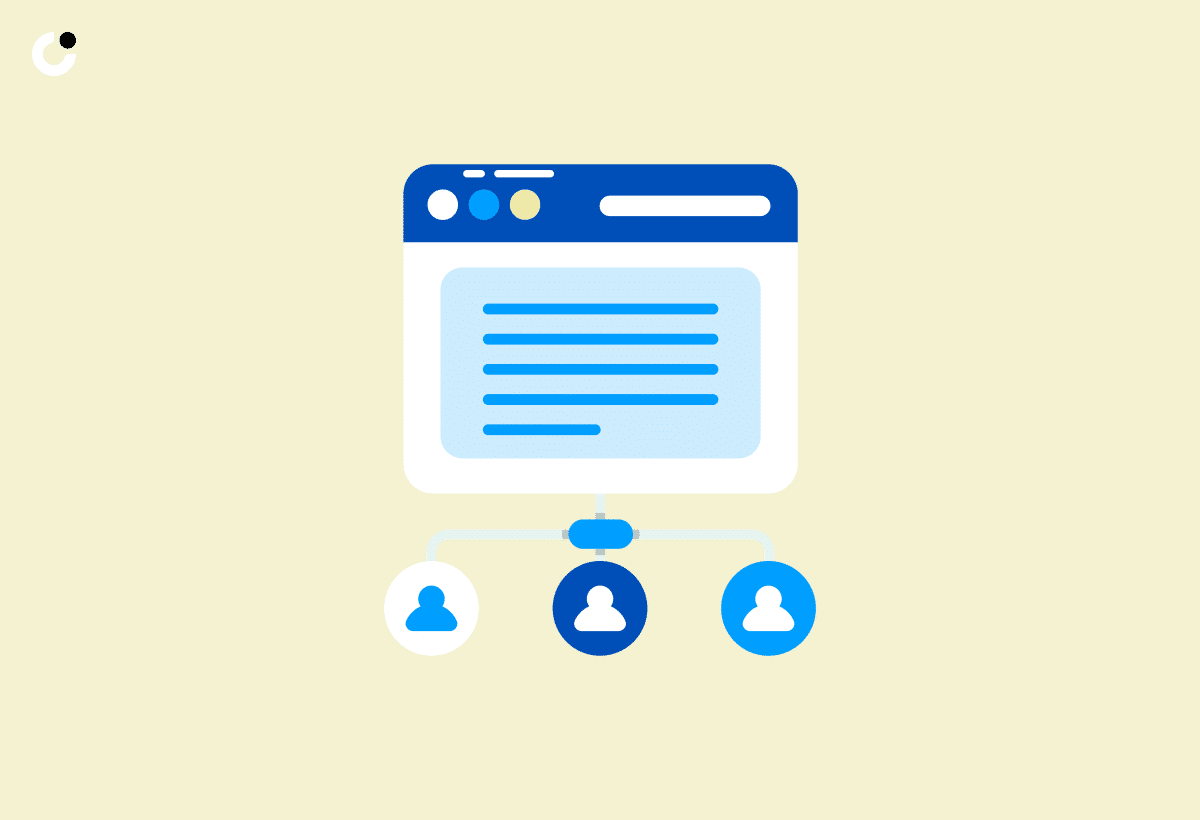
The referral-based template leverages existing connections to build trust and credibility with prospects. By mentioning a mutual connection or a colleague at the prospect’s company, you demonstrate that you have taken the time to familiarize yourself with the prospect and their business, thus increasing the likelihood of a positive response.
This template typically includes:
- A personalized subject line
- A courteous greeting
- A reference to the referrer
- A value proposition
- A definitive call-to-action
- A respectful closing
The email should be succinct and tailored to the recipient’s requirements and preferences, making it more likely that they will engage with your message and take the desired action.
The Problem-Solution Template

The problem-solution template is designed to address a prospect’s pain points and offer a tailored solution. By framing your email around a specific problem that your prospect is likely to face, you demonstrate empathy and understanding, making it more likely that they will engage with your message and consider your offering.
To create an effective problem-solution template, follow the PAS (Problem, Agitate, Solution) framework. Here’s how:
- Problem: Begin by acknowledging the recipient’s problem or pain point.
- Agitate: Emphasize the urgency or necessity of the issue.
- Solution: Outline the solution or how your product/service can address their problem.
Be sure to personalize the email and include a clear call-to-action to guide the prospect towards the desired action.
The Social Proof Template
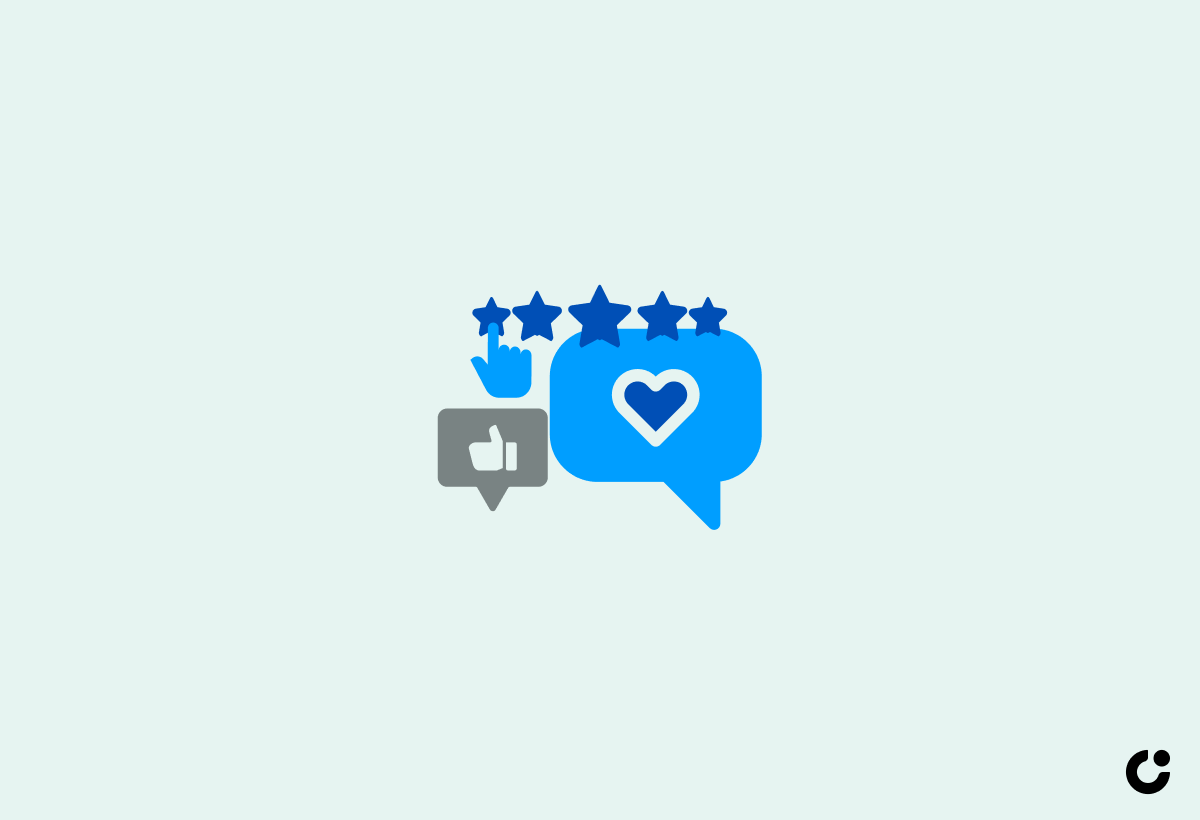
The social proof template showcases success stories and testimonials to demonstrate the value of your product or service. By providing evidence of your offering’s success and the positive experiences of others, you can build credibility and trust with your prospect.
When incorporating social proof into your template, be sure to select testimonials that are relevant to your prospect’s industry or situation. Additionally, consider including case studies or expert endorsements to further bolster your credibility.
By leveraging social proof in your cold emails, you’ll increase the likelihood that your prospect will engage with your message and consider your offering.
The Event-Driven Template
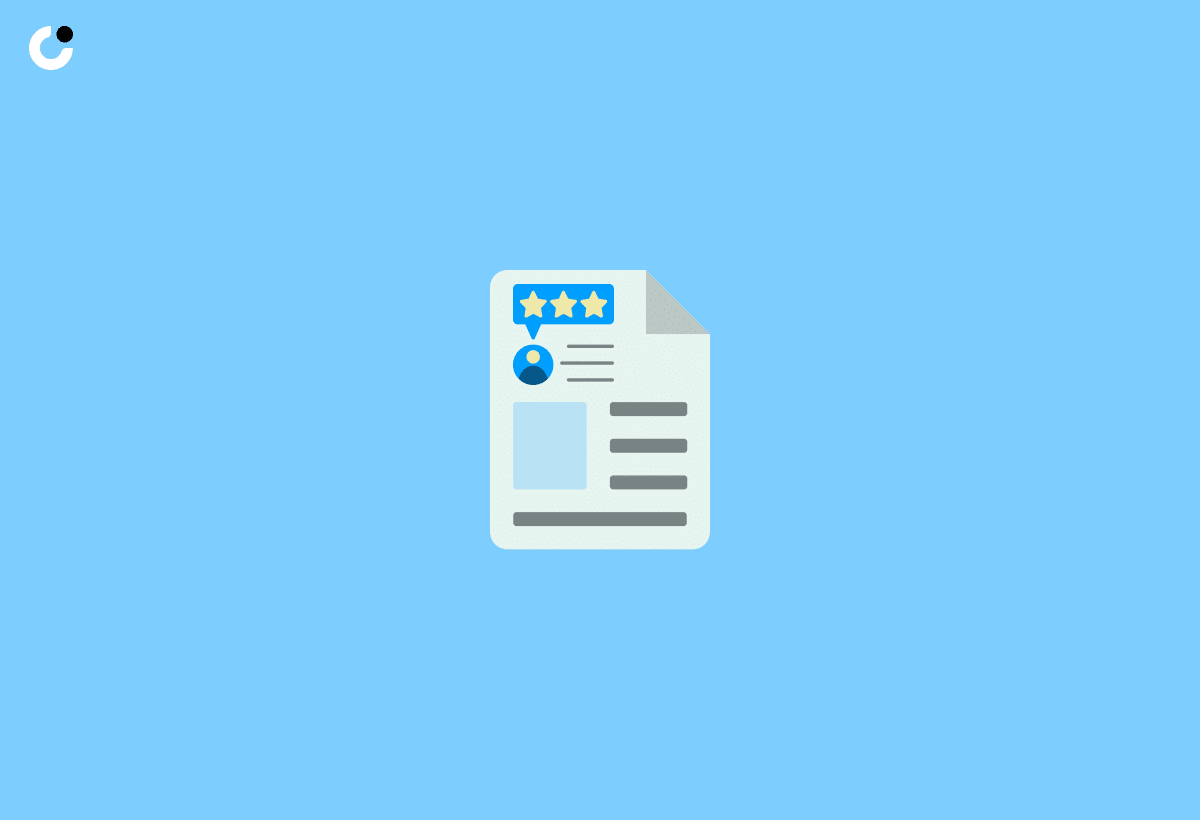
The event-driven template capitalizes on recent events or news to create a timely and relevant connection with prospects. By referencing a recent event or news item that is relevant to your prospect’s industry or company, you can demonstrate genuine interest and create a sense of urgency around your offering.
To create an effective event-driven template, personalize your email by mentioning the specific news or event, and explain how it relates to your offering. Be sure to include a clear call-to-action that guides the prospect towards the desired action. By leveraging recent events or news in your cold emails, you can create a timely and relevant connection with your prospects, increasing the likelihood of engagement.
The Personalized Offer Template
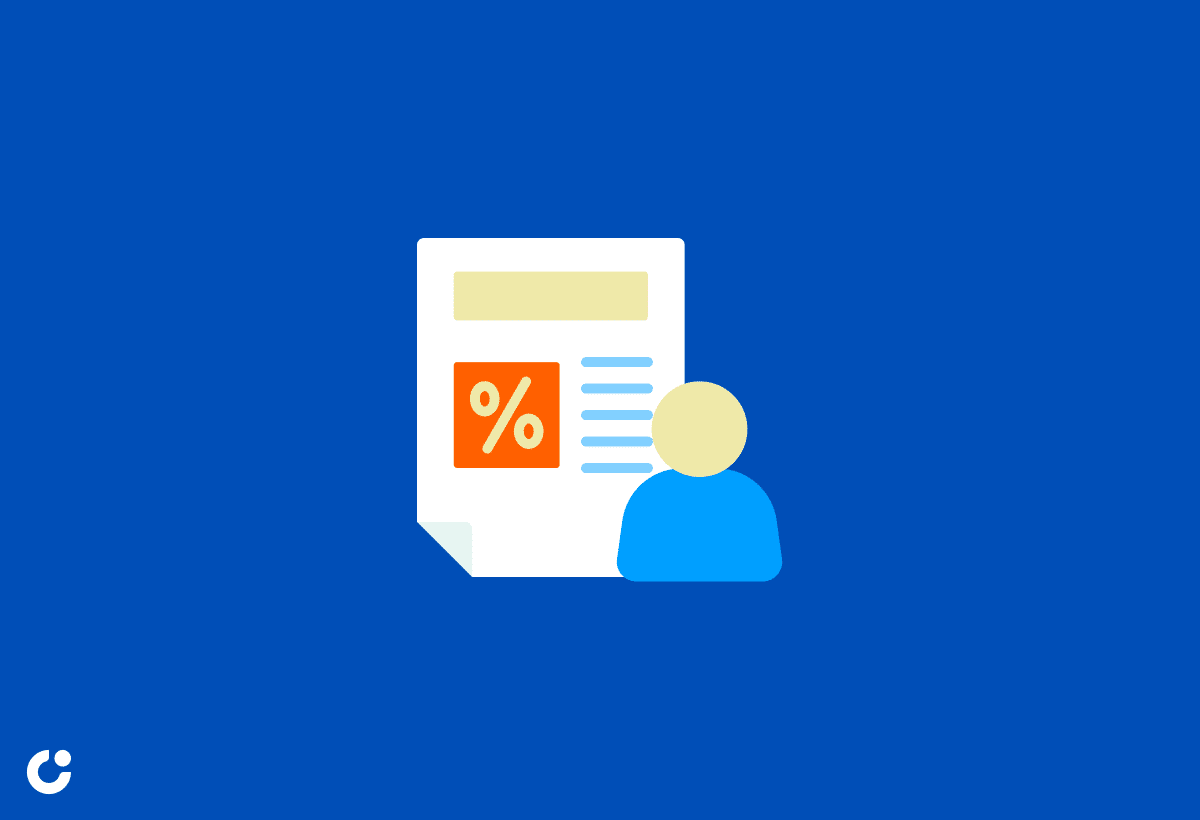
The personalized offer template presents a unique and tailored offer to the prospect, increasing the likelihood of engagement. By crafting an offer that is specifically tailored to the recipient’s needs and preferences, you demonstrate that you understand their unique challenges and are committed to providing a solution that meets their requirements.
To create an effective personalized offer template, follow these steps:
- Begin with a sincere compliment.
- Describe the potential benefits of your product.
- Conclude with a call-to-action.
- Personalize the email and include any relevant information that demonstrates your understanding of the prospect’s needs.
By presenting a personalized offer, you’ll increase the likelihood of your prospect engaging with your email and taking the desired action.
Case Studies: Cold Email Success Stories

Analyzing successful cold email lead generation campaigns can provide valuable insights into the strategies behind their success. By studying these case studies, you can learn from the experiences of others and apply their best practices to your own cold email campaigns.
This section will present a variety of case studies that illustrate the effectiveness of different cold email strategies and techniques. By studying these success stories, you’ll gain a deeper understanding of what works in cold email lead generation and be better equipped to create your own successful campaigns.
Common Cold Email Mistakes to Avoid
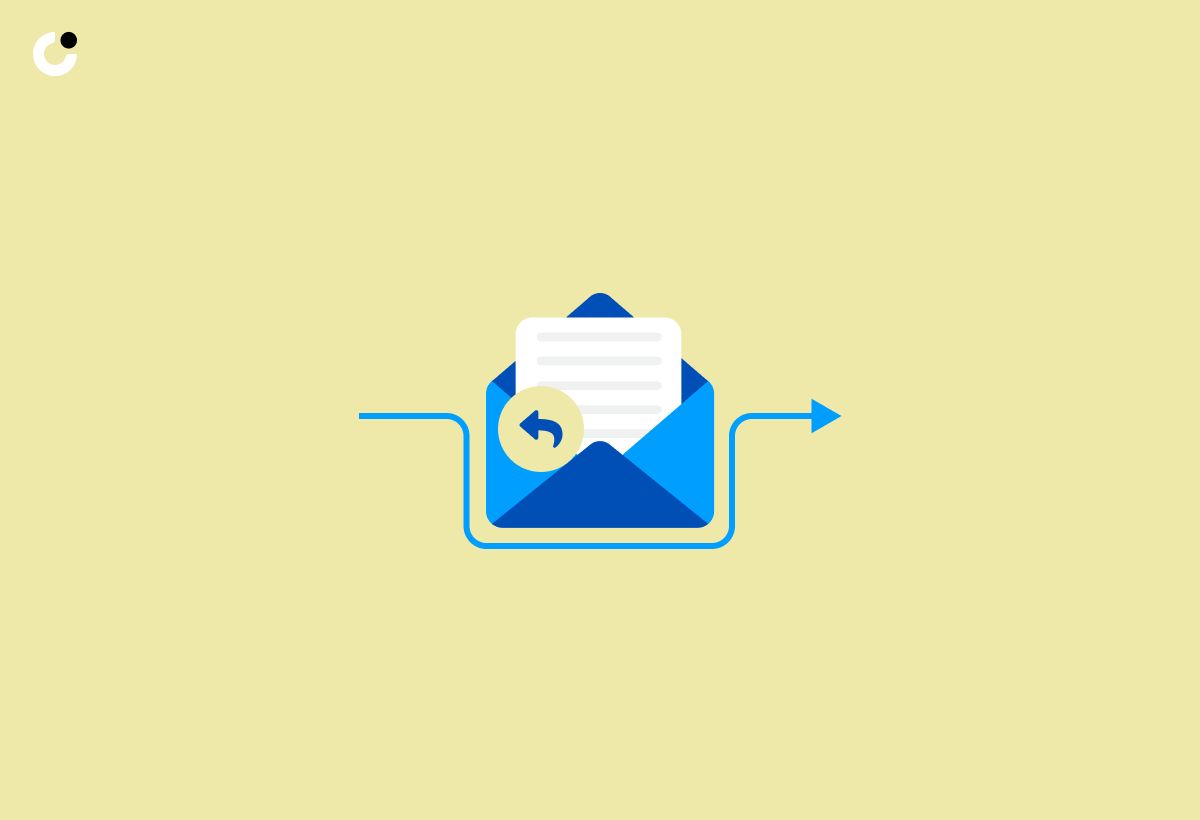
While there are many best practices to follow when crafting and sending cold emails, it’s equally important to be aware of common mistakes that can hinder your success. By avoiding these pitfalls, you can improve your cold email lead generation efforts and increase your chances of converting prospects into customers.
Some common cold email mistakes to avoid include sending generic messages, neglecting follow-ups, and using misleading subject lines. By being aware of these mistakes and taking steps to avoid them, you can ensure that your cold email campaigns are more effective and generate better results for your business. One way to improve your approach is by using a well-crafted cold email template.
Summary
In conclusion, cold email lead generation is a powerful tool for connecting with potential customers and driving business growth. By following best practices for crafting effective cold emails, utilizing top templates and tools, and avoiding common mistakes, you can maximize your cold email outreach and turn prospects into customers.
Remember, the key to success in cold email lead generation lies in personalization, a strong value proposition, and a clear call-to-action. By incorporating these elements into your cold email campaigns and continually refining your strategy based on your results, you’ll be well on your way to generating leads and growing your business.
Frequently Asked Questions
What are the essential elements of a successful cold email?
Successful cold emails should be personalized, include a strong value proposition, and end with a clear call-to-action. Written in a professional tone, they should make a connection with the reader right away.
How can I personalize cold emails to improve engagement and response rates?
Personalize cold emails by including the recipient's name, company, and any relevant information gathered during your research to show you have taken time to understand their business. This can improve engagement and response rates.
What are some common mistakes to avoid when sending cold emails?
When sending cold emails, avoid using generic messages, neglecting follow-ups, and using misleading subject lines to keep your email professional.
What tools and resources can be utilized to streamline and optimize cold email lead generation efforts?
Tools such as email prospecting, cold email automation platforms, and analytics and tracking solutions can help streamline and optimize cold email lead generation efforts.
What are some examples of cold email templates that can be used for generating leads?
Referral-Based, Problem-Solution, Social Proof, Event-Driven and Personalized Offer Templates are all effective cold email templates for generating leads. Each one can be tailored to meet the objectives of your company and the needs of your recipients.

